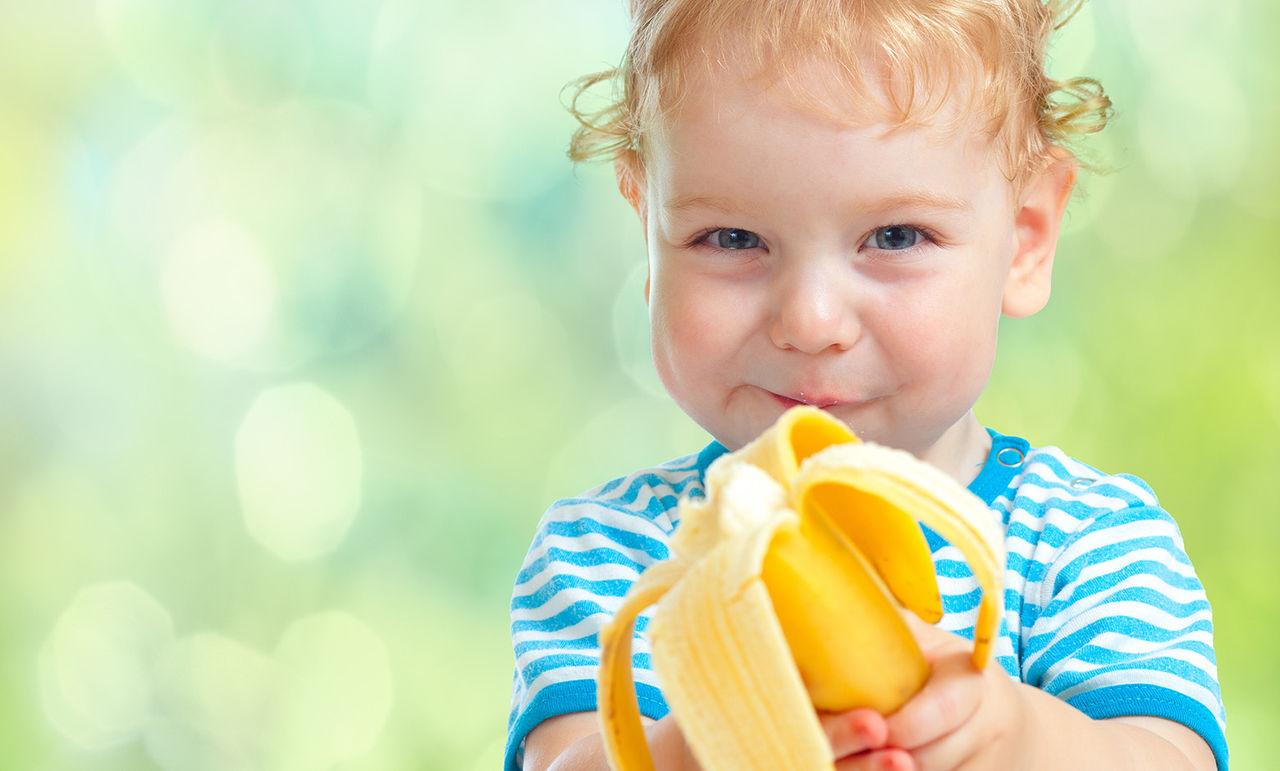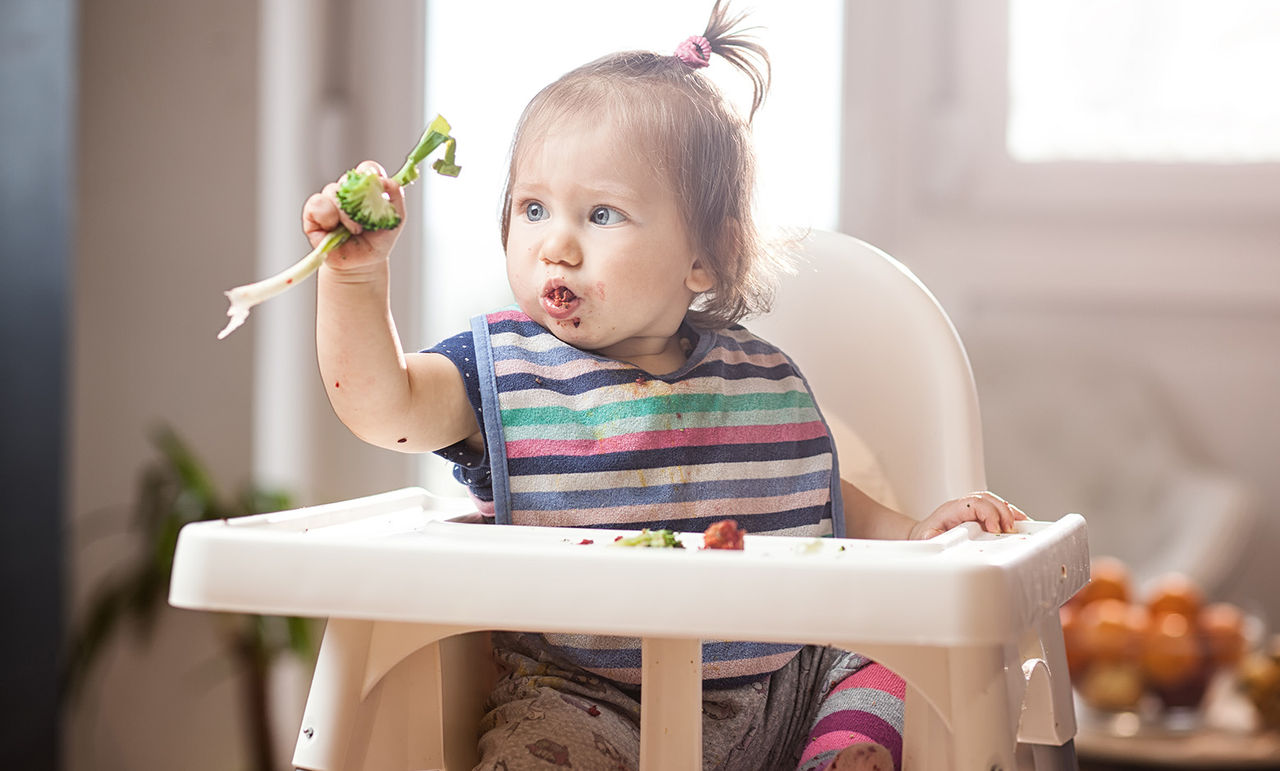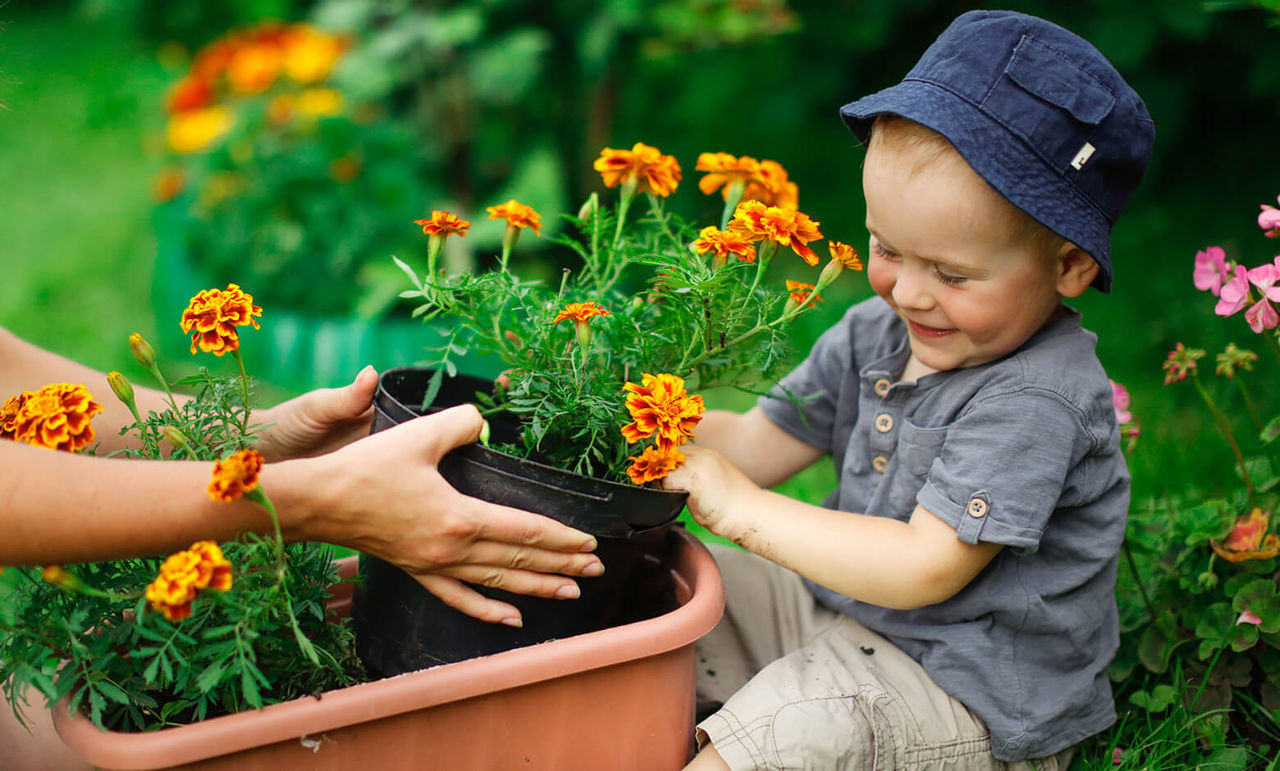- Find simple explanations of terms like ‘stomach’, ‘gut’, ‘gut flora’ and ‘gut microbiota’
- Learn what you can do to support your baby’s digestive system
- Help your baby have a healthy tummy by building up their gut flora, providing good nutrition, feeding them prebiotics, keeping their fluids up and getting exercise
6 tips to help your baby have a healthy, happy tummy

Key points
Simplifying the jargon
You might read lots of articles about your baby’s tummy, stomach, gut, gut flora and gut microbiota, and wonder what it all means. You might ask yourself, “Are they all the same thing?” Let’s break it down.‘Stomach’ and ‘tummy’ are generally used to mean the same thing. The stomach (or tummy, if you prefer) digests food using acids and enzymes.‘Gut flora’ and ‘gut microbiota’ can be used interchangeably. These terms refer to the bacteria that live in our digestive system. Having a diverse gut flora means having lots of good bacteria.When the term ‘gut’ alone is used, it often refers to the entire system that starts at the mouth and ends at the anus. Along the way, this includes the stomach (or tummy), small intestine and large intestine.We all know how uncomfortable an upset stomach can be, so we don’t want our babies going through that discomfort.Here are 6 things you can do to help your little one have a healthy and happy tummy.
1. Breastfeed where possible
Our gut flora is made up of thousands of different bacteria. These tiny microscopic bacteria are essential to your baby’s lifelong health and wellbeing, and childhood is an important time to develop gut bacteria. Prebiotics are naturally found in breastmilk, which is the best source of nutrition for most infants. The prebiotics in breastmilk can have a positive effect on your baby’s gut flora by encouraging the growth of good bacteria and reducing the growth of potentially harmful bacteria, producing a happy, healthy digestive system.If you can’t, or choose not to breastfeed, consult your health care professional for advice on suitable options for your baby.
2. Encourage healthy eating
The food your little one eats has an impact on their digestive system, so make sure every mouthful is packed full of the right nutrients.In addition to their usual milk, from around 6 months (but not before 4 months), a baby can commence eating solids. It’s a good idea to introduce variety over time with fruits, vegetables, whole grains, some lean meats and fish. Sugary and processed foods should be limited.If your baby sees you and the family enjoying foods, they will be more likely to try them, so the best way to encourage them to eat a diverse range of healthy foods is to demonstrate that behaviour yourself.
3. Include prebiotic foods in your baby’s diet
Prebiotics act as food for the good bacteria in the gut to thrive and grow, and may have a positive impact on gut flora health.As part of your baby’s healthy diet, try to include foods that contain prebiotics. You can introduce everyday food such as:
- Bananas
- Watermelon
- Apples
- Nectarines
- Sweetcorn
- Asparagus
- Snow peas
- Dates
- Oats
- Couscous
- Gnocchi
- Bran muffins
- Rye crackers
- Chick peas
- Lentils
- Baked beans
Related pages

Get in touch with our Careline experts
When your little one is unhappy or unwell you want reliable support from a trusted source. Our Careline team of nutritionists, dietitians and midwives specialise in infant and child health, offering free nutrition, feeding and product information.
Every feeding journey is unique
Not every parent can produce breast milk. No matter what choice you make, we will support your unique feeding journey.
We at Nutricia believe in providing the best nutrition for babies, which is why we recognise breast milk is uniquely superior for babies as it provides many benefits. It is important that mums have a healthy diet to support breastfeeding. A decision not to breastfeed, or partial bottle feed, may reduce breast milk supply making it difficult to reverse. The cost and social implications of using feeding methods should be considered. Always seek professional advice about feeding your baby. Ensure formula is used as directed as improper use can affect baby’s health.
REMEMBER: The information on this page is general only. If you have any concerns about your baby’s poo or questions about constipation or any other health concerns, please speak to a healthcare professional, like a Pharmacist, GP or Maternal Child Health Nurse.



